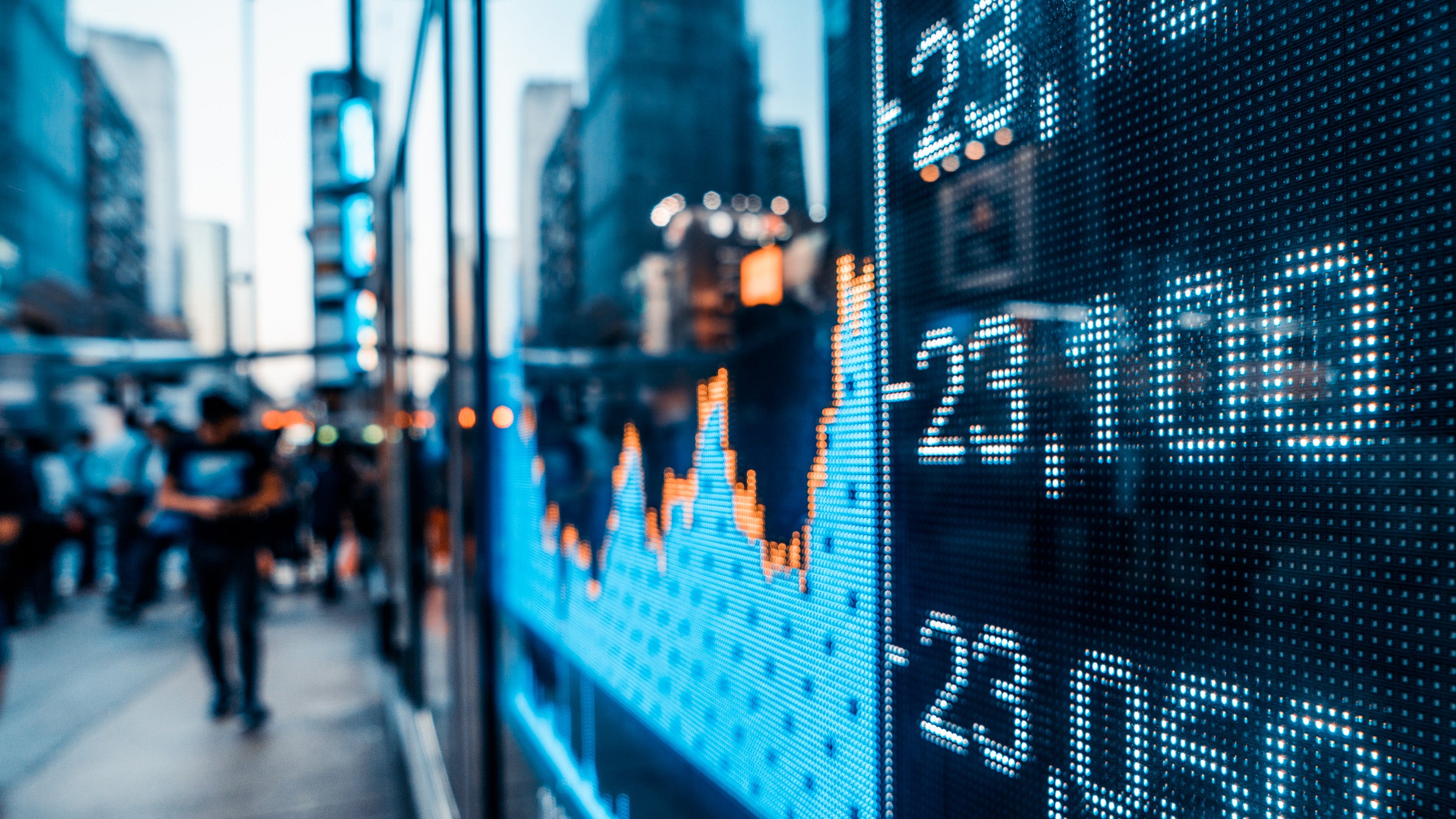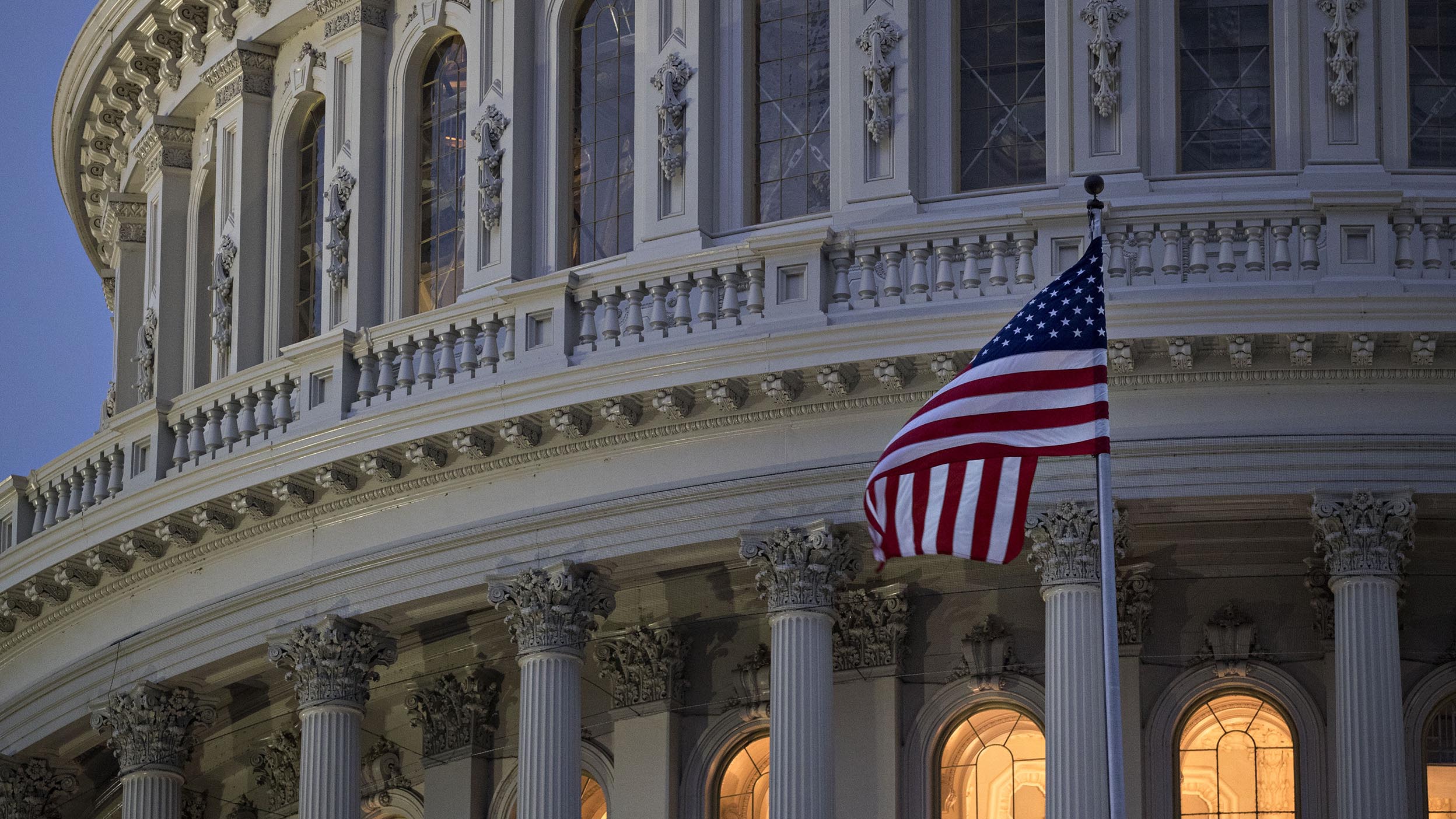
Markets and Economy Above the Noise: Policy uncertainty persists
The challenges of the current investment environment are well documented, so maybe it’s more interesting to talk about what could go right.
Fresh perspectives on economic trends and events impacting the global markets.

The challenges of the current investment environment are well documented, so maybe it’s more interesting to talk about what could go right.

The global economic outlook is uncertain, yet European, UK, Chinese, and Japanese stocks all rose last week while US stocks fell.

Six things to watch in the coming weeks, including US Treasury yields, US and European sentiment, US earnings outlook, and Chinese economic data.

As a trade war rages, a massive market sell-off in the US and around the world raises many questions for investors.

We assess what President Trump’s “Liberation Day” tariffs might mean for US and global markets, equities, and more.

With policy uncertainty rattling markets and consumer sentiment, it’s important to remember the market's long-term growth throughout its history.

While the setup for markets was good coming into 2025, they’ve struggled as investors assess ongoing changes to the US policy approach.

There are signs of softening global growth prospects and rising economic policy uncertainty, plus a tectonic shift in fiscal stimulus around the globe.

I’m hoping not to find signs of a wilting economy, but recessions have historically been caused by policy mistakes, so it’s important to be vigilant.
Insights on investing implications, market movements, and structural changes.
Insights from the Invesco Tax & Estate team on tax and estate planning.
Insights on the economy, the markets, and investments from our global experts.
NA2252900
Important information
Commissions, management fees and expenses may all be associated with investments in mutual funds and exchange-traded funds (ETFs). Trailing commissions may be associated with investments in mutual funds. For mutual funds the indicated rates of return are the historical annual compounded total returns, including changes in share/unit value and reinvestment of all distributions, and do not take into account sales, redemption, distribution or optional charges, or income taxes payable by any investor, which would have reduced returns. For ETFs unless otherwise indicated, rates of return for periods greater than one year are historical annual compound total returns including changes in unit value and reinvestment of all distributions, and do not take into account any brokerage commissions or income taxes payable by any unitholder that would have reduced returns. Mutual funds and ETFs are not guaranteed, their values change frequently and past performance may not be repeated. There are risks involved with investing in ETFs and mutual funds. Please read the prospectus before investing. Copies are available from Invesco Canada Ltd. at invesco.ca
Some references are U.S. centric and may not apply to Canada.
These are the personal views of the author as at the date indicated, and not necessarily the views of Invesco Canada. The views expressed above are based on current market conditions and are subject to change without notice; they are not intended to convey specific investment advice. Forward-looking statements are not guarantees of performance. They involve risks, uncertainties and assumptions. Although such statements are based on assumptions considered to be reasonable, there can be no assurance that actual results will not differ materially from such expectations.
This link takes you to a site not affiliated with Invesco. The site is for informational purposes only. Invesco does not guarantee nor take any responsibility for any of the content.